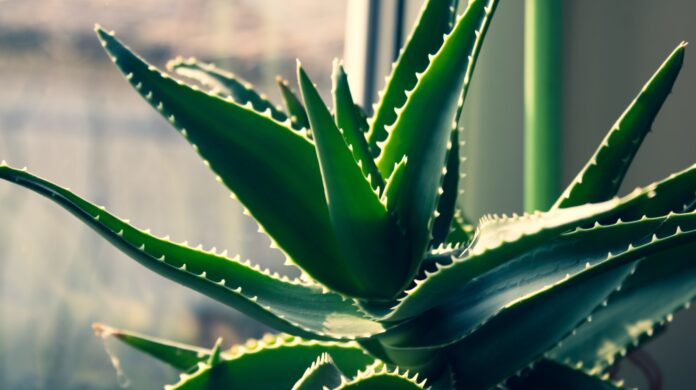I Left My Aloe Vera Plant Outside in the Cold
I’ll never forget the moment I realized my mistake – leaving my beloved aloe vera plant outside in the cold. It was a careless oversight on my part, and now I’m left wondering if I’ve caused irreparable damage to this hardy succulent.
Aloe vera plants are known for their ability to thrive in warm and arid conditions, making them popular houseplants. However, they are not adapted to withstand freezing temperatures. As I discovered too late, exposing an aloe vera plant to extreme cold can lead to frostbite and even death.
The consequences of my negligence are evident as I look at my once vibrant and healthy plant now showing signs of distress. The leaves have turned brown and mushy, indicating that the freezing temperatures have taken their toll. It’s disheartening to see the effects of my lapse in judgment.
The Effects of Cold Temperatures on Aloe Vera Plants
When it comes to caring for aloe vera plants, providing the right conditions is crucial for their well-being. One aspect that should not be overlooked is the impact of cold temperatures. Aloe vera plants are native to warm and arid climates, so subjecting them to cold weather can have adverse effects on their growth and overall health.
- Bring your aloe vera indoors: If you live in an area with harsh winters or where temperatures drop below freezing, it’s advisable to bring your aloe vera plant indoors during this time. Find a bright spot near a window where it can receive adequate sunlight.
- Provide insulation: If bringing your plant indoors is not possible, consider providing insulation by covering it with blankets or moving it next to walls or structures that can offer some protection against the cold. Remember to remove any coverings during daylight hours so that the plant receives sufficient light.
- Avoid overwatering: During colder months when growth slows down, reduce watering frequency as excessive moisture combined with low temperatures can lead to root rot and other water-related issues.

Understanding the Cold Hardiness of Aloe Vera Plants
Not all species or varieties of aloe vera plants possess equal tolerance towards cold temperatures. Some cultivars exhibit greater resistance than others due to their genetic makeup or adaptation to specific climates. It’s crucial to understand the cold hardiness of your particular aloe vera plant to ensure its survival during colder months.
Generally, aloe vera plants are classified as frost-tender succulents, meaning they cannot withstand freezing temperatures for prolonged periods. Most varieties can tolerate temperatures down to around 40°F (4°C) but may suffer damage if exposed to anything below that threshold.
If you’re unsure about the cold hardiness of your aloe vera plant, it’s advisable to research its specific species or consult with local horticultural experts who can provide guidance based on your geographical location.
How to Recognize Frost Damage on Aloe Vera Leaves
I left my aloe vera plant outside in the cold, and now I’m concerned about potential frost damage. It’s important to know how to recognize signs of frost damage on aloe vera leaves so that you can take appropriate action to help your plant recover. Here are some key indicators to look for:
- Discoloration: One of the most common signs of frost damage is discoloration on the leaves. Affected leaves may turn brown or black, indicating that the cells have been damaged by freezing temperatures.
- Softness and Mushiness: Frost-damaged aloe vera leaves may feel soft or mushy to the touch. This is due to cell rupture caused by ice crystals forming within the leaf tissues.
- Wilting and Drooping: Another telltale sign of frost damage is wilting and drooping of the leaves. The extreme cold can cause cellular dehydration, leading to a loss of turgidity in the plant.
- Transparency: In severe cases, frost-damaged aloe vera leaves may become translucent or appear waterlogged. This indicates extensive cell damage and reduced structural integrity.
If you notice these signs on your aloe vera plant after exposing it to cold temperatures, here’s what you can do:
- Move Indoors: If the weather forecast predicts more freezing temperatures, it’s best to bring your aloe vera plant indoors until conditions improve.
- Prune Damaged Leaves: Trim off any visibly damaged leaves using clean pruning shears or scissors. Make sure to cut close to the base without causing additional harm to healthy parts of the plant.
- Provide Proper Care: After pruning, continue caring for your aloe vera plant by ensuring it receives adequate sunlight (preferably indirect), well-draining soil, and moderate watering without overwatering.
Remember that prevention is always better than cure when it comes to protecting your aloe vera plant from frost damage. Avoid exposing it to cold temperatures and provide appropriate shelter or cover during chilly nights.


